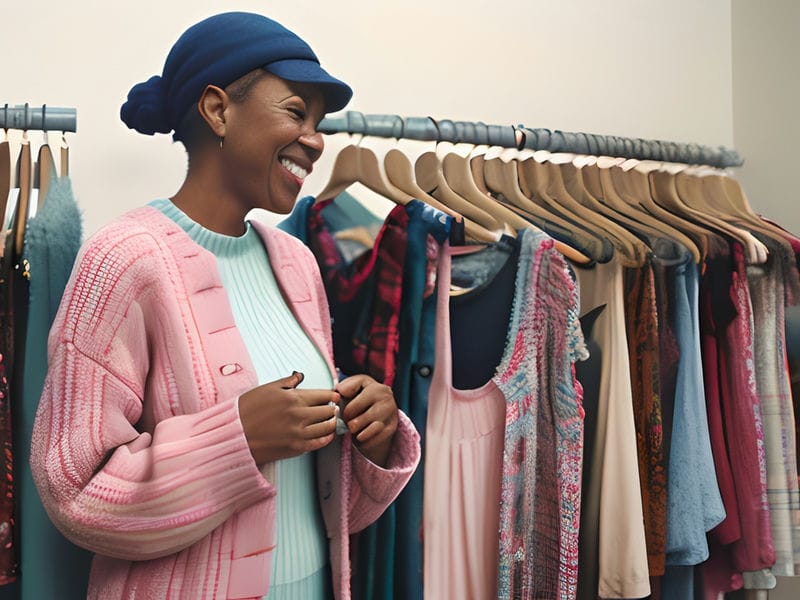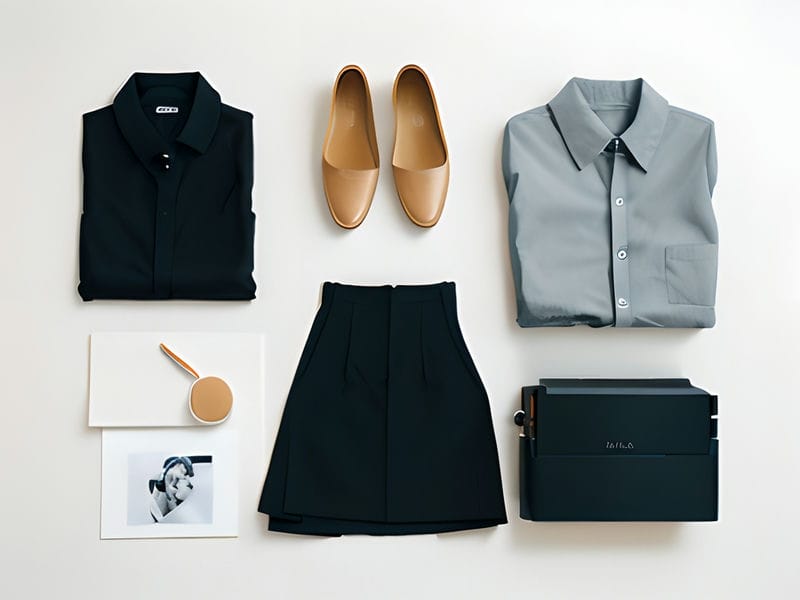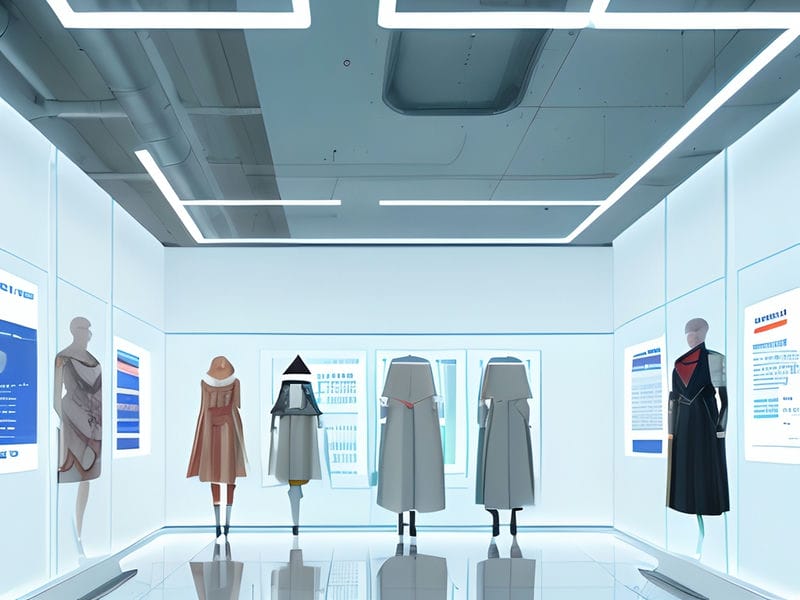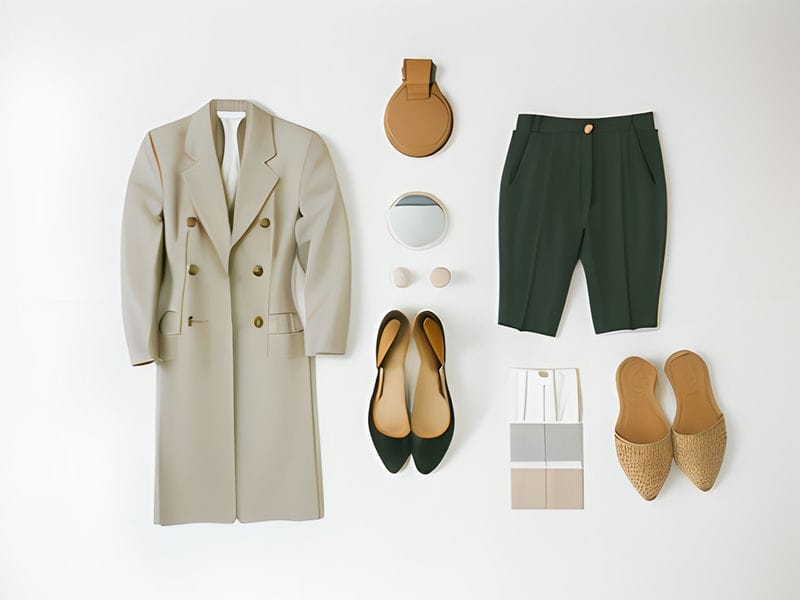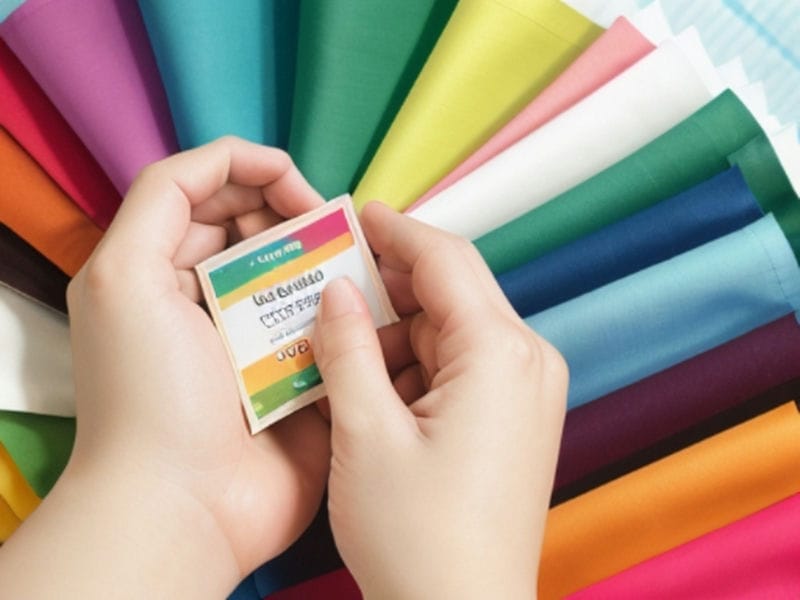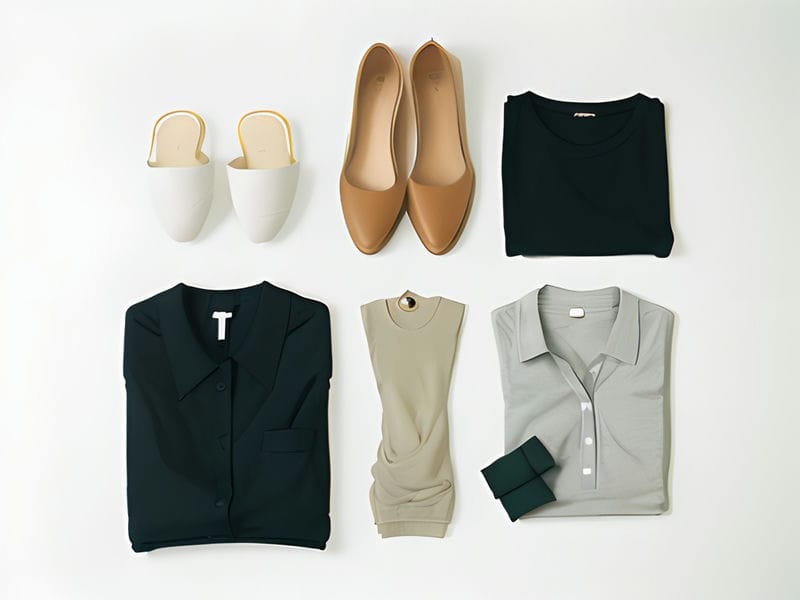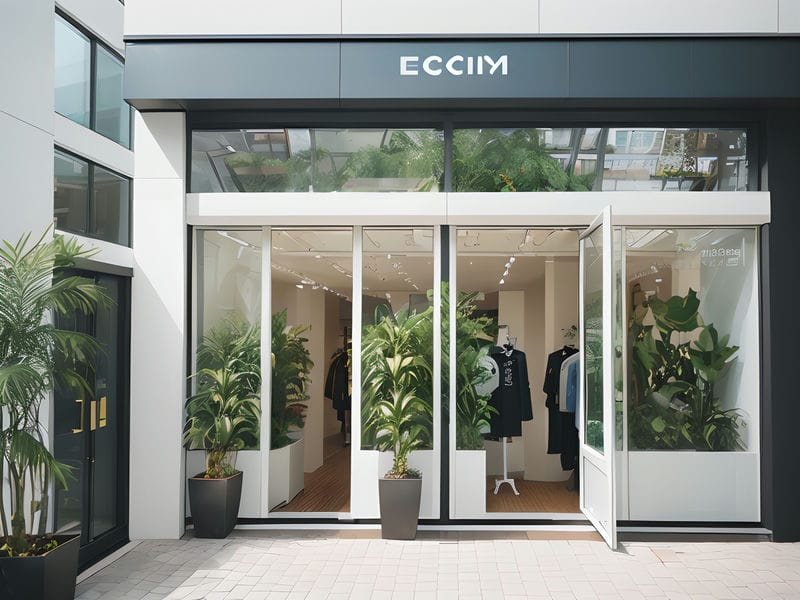
The Rise of Direct-to-Consumer Brands in Fashion
The shift from traditional retail to online sales channels
The rise of direct-to-consumer brands in the fashion industry has been a game-changer in recent years. With the shift from traditional retail to online sales channels, consumers now have more options than ever before when it comes to shopping for their favorite clothing and accessories.
Minimalist wardrobes reduce excess Rou So Sustainable Fashion Sustainable Laundry Practices. One of the main reasons for this shift is the convenience that online shopping offers. Renting clothes reduces consumption Understanding the Benefits of Made-to-Order Fashion Organic Cotton. Repairing clothes extends their lifespan Organic and Natural Fiber Fabrics Ellen MacArthur Foundation. Sustainable fashion aims to reduce the environmental impact of clothing Ethical and Eco-Friendly Clothing Carbon Trust Certification. With just a few clicks, shoppers can browse through a wide selection of products, compare prices, and make purchases without ever leaving their homes. This level of convenience has made direct-to-consumer brands increasingly popular among consumers who are looking for a hassle-free shopping experience.
In addition to convenience, direct-to-consumer brands also offer a more personalized shopping experience.
The Rise of Direct-to-Consumer Brands in Fashion - Tops Nola
- Ellie Rib
- Cacao Skyblue
- Brooke Cropped
Furthermore, direct-to-consumer brands often offer lower prices than traditional retailers by eliminating markups associated with brick-and-mortar stores. This affordability factor has attracted budget-conscious shoppers who are looking for high-quality products at competitive prices.
Overall, the shift from traditional retail to online sales channels has opened up new opportunities for direct-to-consumer brands in the fashion industry. With their focus on convenience, personalization, and affordability, these brands are reshaping the way we shop for clothing and accessories - making it easier than ever to find stylish pieces that suit our individual tastes and preferences.
